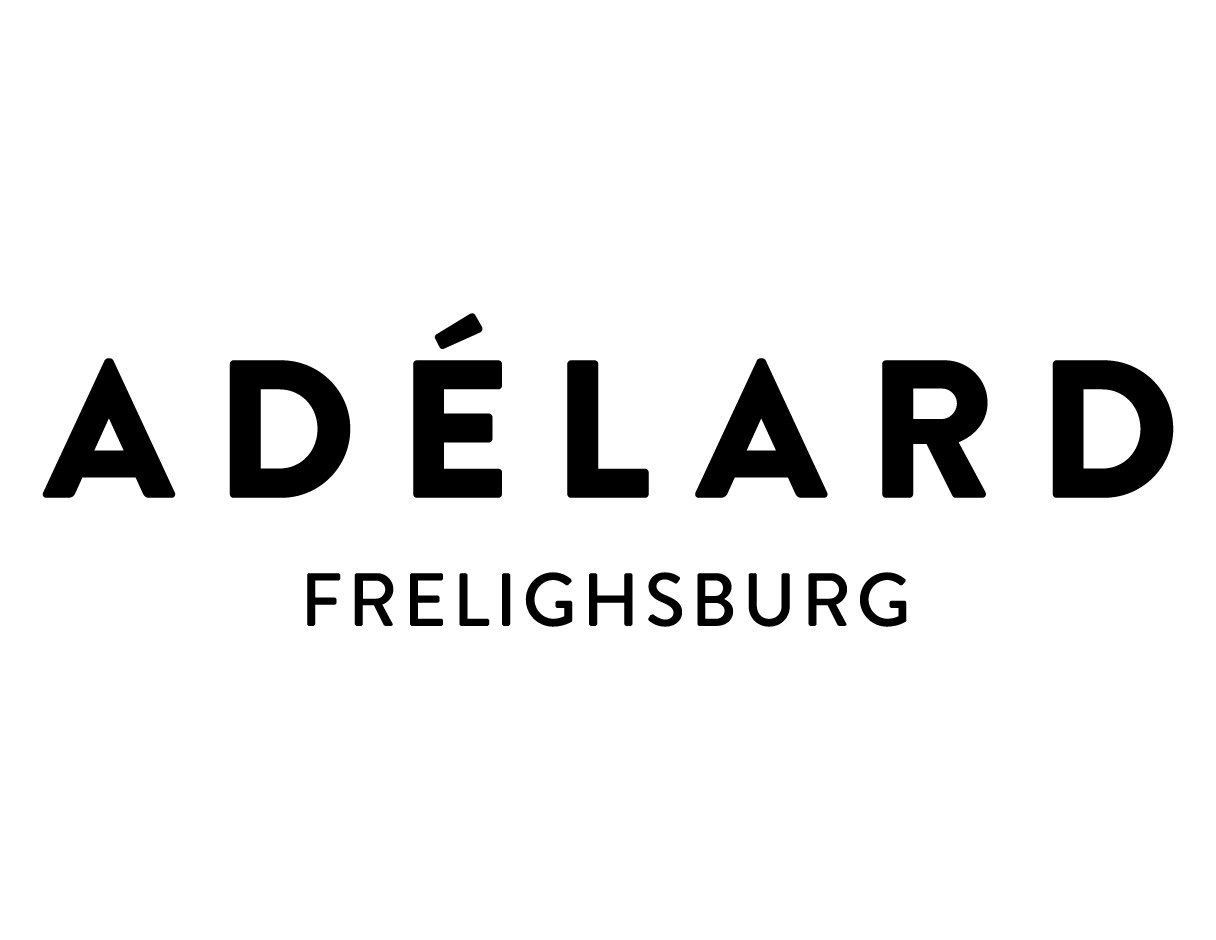Courtoisie : galerie La Castiglione, Montréal.
NORMAND RAJOTTE
Dans S.T., série Des après-midi sans bruit (1990), Normand Rajotte donne corps à un simple billot de bois bordé d’une végétation humide au creux d’un marais. Capté en plongée et en plan rapproché, le madrier remonte pourtant à la surface et nous fait face. En le positionnant dans l’axe central de la composition, l’artiste met en forme et en lumière un aspect de la nature somme toute anodin et le plus souvent esquivé, mais néanmoins constitutif de notre habitat naturel.
Chez Normand Rajotte, la dimension contemplative que recèlent ses photographies de paysage passe par un travail de proximité. Une proximité qu’il entretient avec son territoire immédiat selon une observation attentive de traces matérielles et animales prélevées lors de ses longues et solitaires marches en forêt. Cette approche introspective lui permet de développer un rapport renouvelé à la nature, une nature dont il découvre les métamorphoses, les étrangetés et les secrets.
In S.T., from the series Des après-midi sans bruit (1990), Rajotte turns his attention to a simple log surrounded by wetland grasses in the hollow of a marsh. Shot from above and tightly framed, the log rises to the surface and faces us. By positioning it in the central axis of the composition, Rajotte gives shape and light to an aspect of nature that is totally unremarkable and usually passed over, but nevertheless forms part of our natural habitat.
For Normand Rajotte, the contemplative dimension contained in his landscape photographs starts with work in proximity – a proximity that he maintains with his immediate surroundings by attentive observation of material and animal traces collected during his long, solitary walks in the forest. Through this introspective approach, he develops a renewed connection to nature, whose metamorphoses, oddities, and secrets he discovers.
Dunham


